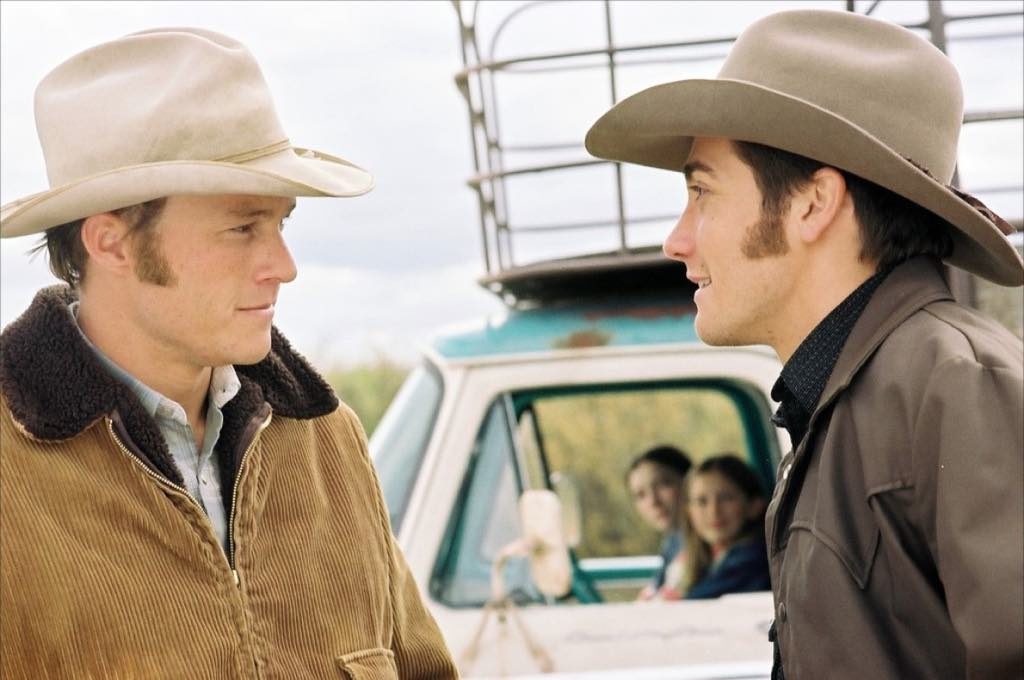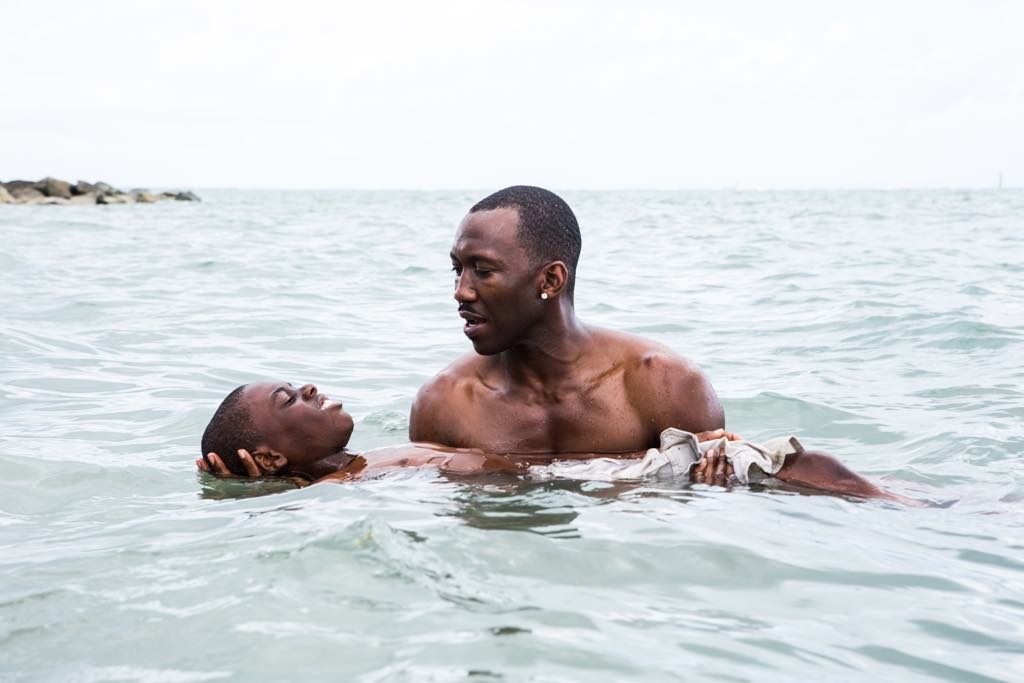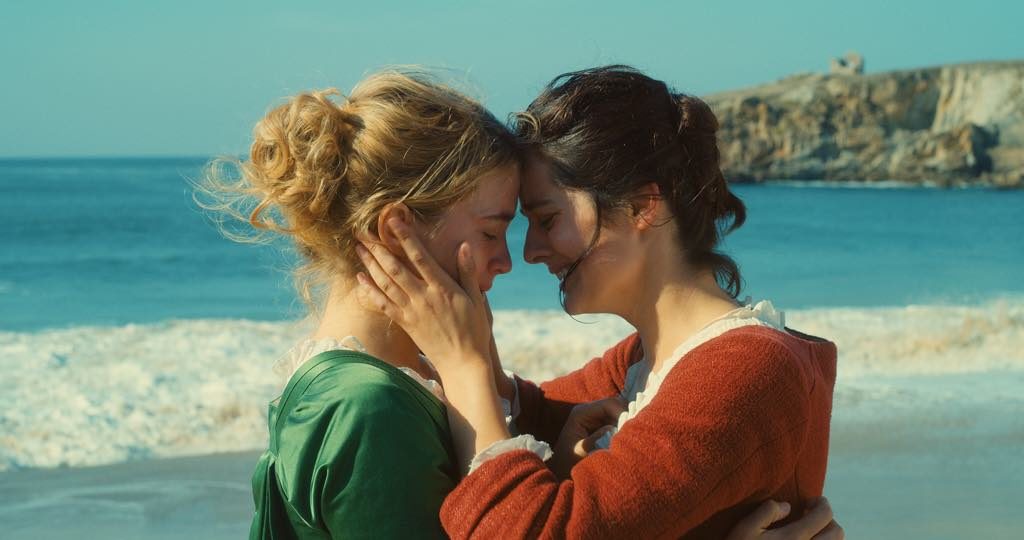
The importance of representation was brought home to me many years ago when a friend told me he had cried on seeing a mediocre 1982 film called Making Love because it was the first film with gay protagonists he had ever seen. Another gay friend has seen Brokeback Mountain 15 times and cried every time. Now, however, an exhibition at Paris’s Hôtel de Ville, “Champs d’Amours, 100 Ans de Cinéma Arc en Ciel” (“Fields of Love: 100 Years of Rainbow Cinema”) shows us that there were far more such movies than they (or I) had ever imagined.
Covering the past century and celebrating the 50th anniversary of the Stonewall riots in New York City – the first time gays fought back when attacked by the police – the exhibition pinpoints that moment as a turning point in the history of cinema, after which the frequency of LGBTQI+ themes, rare until then, gradually grew more prevalent.
It was news to me that a serious film about homosexuality, Different from the Others, was made in 1919 by Austrian director Richard Oswald. Considered the first pro-gay film ever, it tells the story of a violinist whose life is destroyed by a blackmailer. It was inspired by the work of sexologist Magnus Hirschfield, who fought for the legalization of homosexuality in Berlin during the Weimar Republic. The film itself was burned by the Nazis, but its plot was resurrected in a British setting in 1961 in Basil Dearden’s Victim, with Dirk Bogarde in the lead role.
Between 1919 and ’69, homosexual characters did appear in other movies, but mostly as caricatures, figures of fun, or sinister or tragic characters. There were some exceptions, however: a 1944 French film, Amitiés Particulières (This Special Friendship), directed by Jean Delannoy, not only dealt with the love between two boys in a Catholic boarding school, but also the sexual abuse of the students by the priests and the church’s indifference to it.

The game changed after 1969 and the rise of the gay rights movement, with the pace gradually picking up and the variety of themes and plots widening, culminating with the Oscar for Best Picture for Moonlight in 2017.
There is much to discover in this exhibition. It’s a long walk down the memory lane of LGBTQI+ cinema, lavishly illustrated with photos, posters and some 100 film clips. An impressive amount of research has been done by the curators, who have uncovered even the most obscure films, such as 17-year-old Kenneth Anger’s home movie, made while his parents were away for the weekend (just imagine if YouTube had existed then!).
Then there are movies by the iconoclastic John Waters, starring the outrageous Divine, and such beloved yet controversial (because of its stereotyped characters) movies as La Cage aux Folles.
The show even has an X-rated section focusing on gay pornography (complete with “glory holes” for watching film clips), and another featuring films from outside the Western world. There are also sections on directors (Derek Jarman, Luchino Visconti, Pedro Almodovar, Xavier Dolan, etc.) and on films that were box-office hits (Some Like It Hot, La Cage aux Folles, etc.) or have won major awards.

While the preponderance of the movies presented in the show portray the experiences of gay men, the exhibition also covers the many films about lesbians that have finally come to the fore in recent years, among them La Vie d’Adèle (Blue Is the Warmest Color), Girl, Portrait de la Jeune Fille en Feu (Portrait of a Lady on Fire), but also the work of the pioneering American Barbara Hammer, director of one of the first lesbian films, Dyketactics (1974).
The recent explosion of LGBTQI+ themes in the movies may give us hope that things have really changed, but much of the world is far from “normalcy” even today, with homosexuality still banned and censorship common in many countries around the world.
Let’s hope the day will come when there will no longer be any need for such an exhibition, and people won’t cry when they see a film with a gay theme because it will be just a normal part of everyday life. In the meantime, I can’t imagine a more exhaustive exhibition on the subject than this one.
Note: The exhibition’s interesting texts are in French only, but many of the images and clips speak for themselves.
Favorite
Thanks for this. I had not realised the importance of this exhibition.